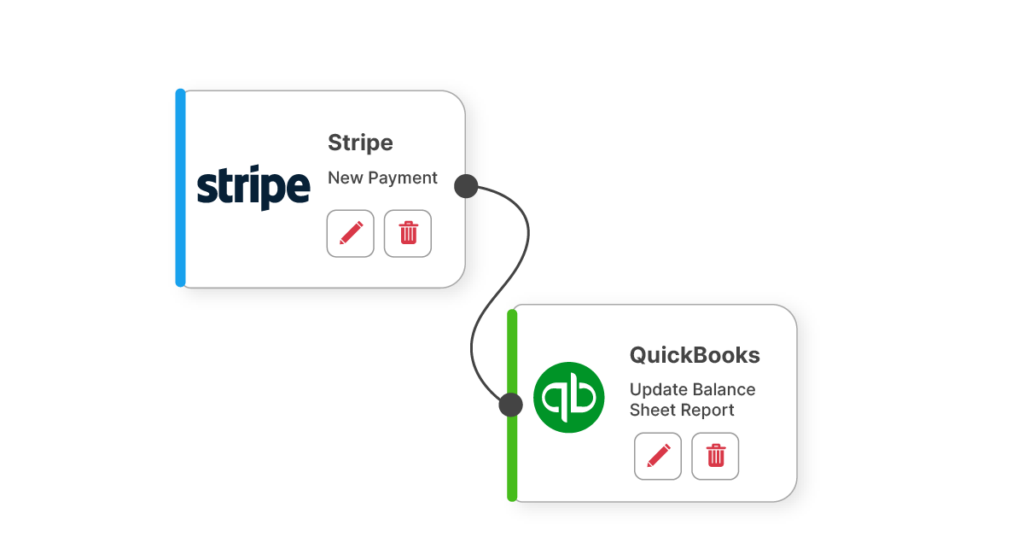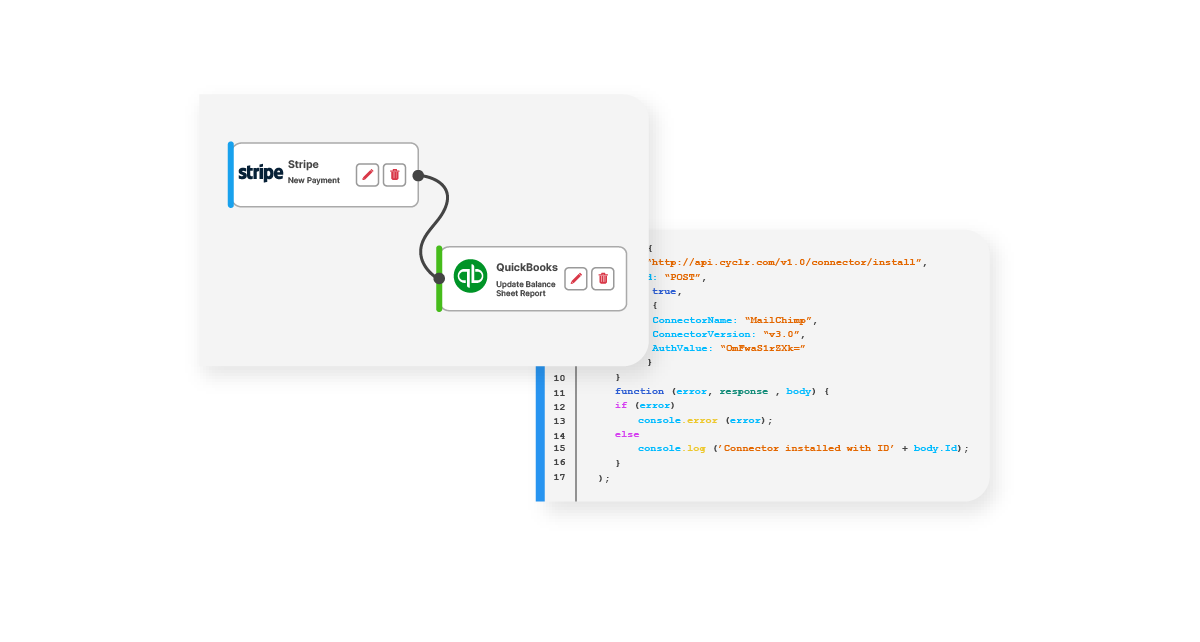
An iPaaS or embedded iPaaS is a powerful platform designed to simplify the process of connecting and integrating different software systems. These platforms allow users to achieve integrations via low-code, code-driven and hybrid code as integrating with other SaaS providers can be significantly beneficial.
For instance, integrating with other software systems can help:
Enhanced User Experience: Integrations enable users to connect and streamline workflows across various tools, resulting in a more seamless and efficient experience.
Increased Efficiency: Automating data transfer and synchronisation between platforms reduces manual work, saves time, and minimises errors.
Broader Market Reach: Integrations can attract users of other SaaS products, expanding the potential customer base and increasing market penetration.
Improved Customer Retention: A comprehensive suite of integrated tools can lead to higher user satisfaction and loyalty, reducing churn.
Strategic Partnerships: Collaborating with other SaaS providers can lead to co-marketing opportunities and shared user bases, driving mutual growth and innovation.
How does Cyclr fit into this?
Well, Cyclr is an excellent example of an embedded iPaaS and an option for outsourcing integrations.
Outsourcing will help your SaaS in a number of ways:
Focus on Core Competencies: By outsourcing integrations, a SaaS company can concentrate on improving and expanding its core product rather than diverting attention to building and maintaining integrations.
Cost Efficiency: Developing and maintaining integrations in-house can be costly and resource-intensive. Outsourcing can often be more cost-effective by leveraging the specialised expertise of third-party providers.
Expertise and Quality: Third-party integration providers have dedicated expertise in creating robust, reliable, and scalable integrations, ensuring higher quality and performance.
Faster Time to Market: Outsourced integrations can be implemented more quickly, allowing the SaaS company to offer new features and integrations to customers sooner.
Scalability: As the number of integrations grows, managing them in-house can become increasingly complex. Outsourcing allows for easier scaling, as external providers can handle the increased load and complexity.
Ongoing Maintenance: Integration providers handle updates and maintenance, ensuring compatibility with the latest versions of connected platforms without requiring the SaaS company’s continuous involvement.
Introducing Cyclr’s Integration Platform
Cyclr is a powerful platform that offers a comprehensive suite of tools to enable SaaS companies to create, manage, and monitor integrations efficiently. We support a wide range of applications and services, providing pre-built connectors and templates to facilitate quick setup and deployment.
Its capabilities extend from simple data synchronisation tasks to complex, multi-step workflows, making it a versatile solution for various integration needs.
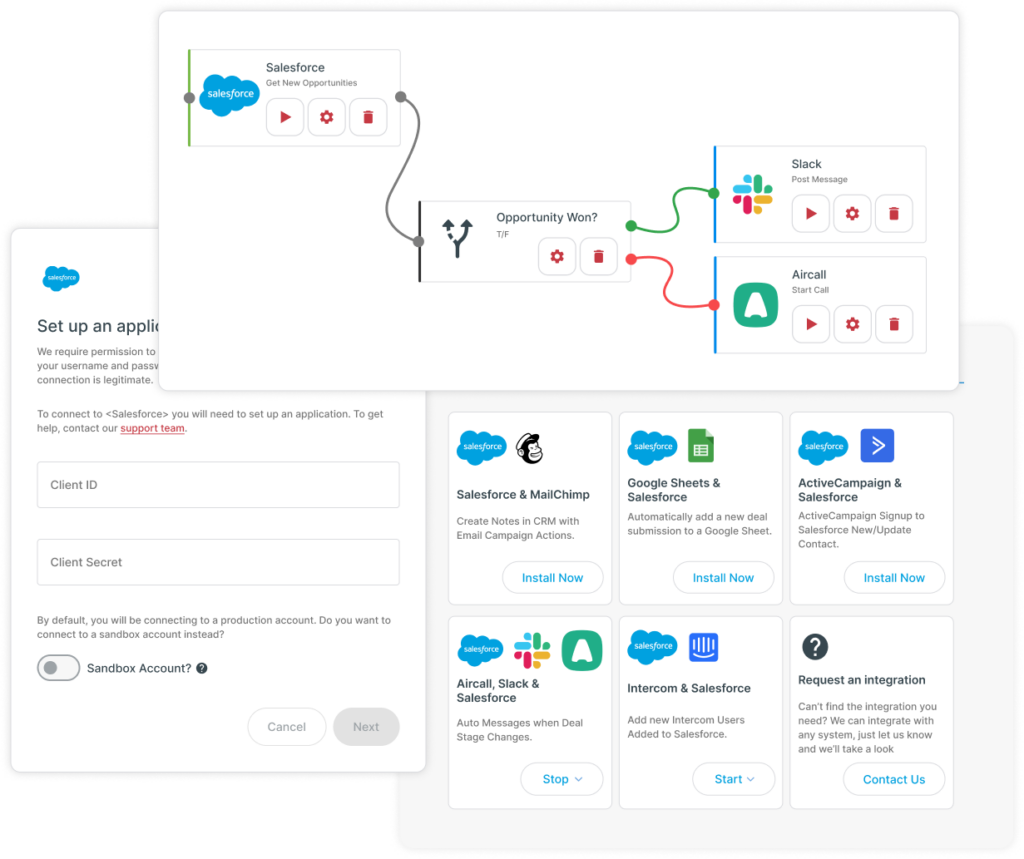
How do we combine low-code and code-driven approaches?
We’ve made Cyclr easily integrate low-code and code-driven approaches, offering the best of both worlds. For those who prefer a visual interface and quick deployment, Cyclr’s low-code tools allow users to create integrations using drag-and-drop functionality and pre-built connectors. This approach is ideal for non-developers and rapid prototyping.
Simultaneously, Cyclr provides the flexibility for developers to write custom code within the platform, enabling them to build highly customised and sophisticated integrations. This dual capability ensures that businesses can address a wide range of integration requirements, from straightforward tasks to complex, bespoke solutions.
Low-Code Features in Cyclr
Cyclr’s drag-and-drop interface simplifies the process of building integrations by allowing users to visually design workflows. Users can easily select and arrange components such as triggers, actions, and data transformations without writing any code. This intuitive interface empowers users to create complex integrations quickly by simply dragging elements into place and connecting them, making the design process straightforward and accessible.
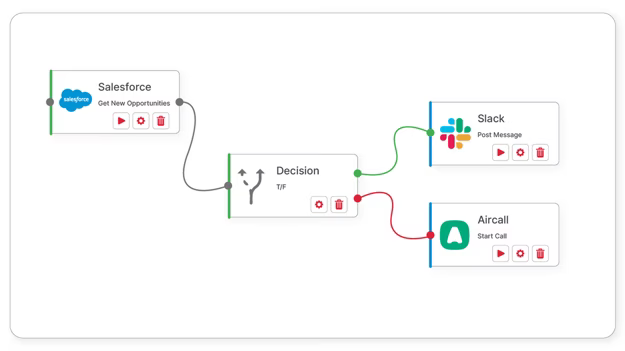
The platform offers a wide array of pre-built connectors that significantly streamline integration tasks. These connectors support a vast range of popular applications and services, enabling users to integrate systems without developing custom connectors from scratch. Using Templates provides predefined integration scenarios and workflows, allowing users to start with a solid foundation and customise it to meet their specific needs. This library of connectors and reusable Templates reduces setup time and ensures reliable, well-tested integrations.

Code-Driven Features in Cyclr
Cyclr provides developers with the ability to deeply customise and extend integrations using code. Through the platform’s advanced scripting features, developers can write custom modules and functions to handle specific business logic, perform complex data transformations, and interact with APIs in unique ways. This flexibility allows for tailored solutions that meet precise business requirements, ensuring that even the most complex integration scenarios can be effectively addressed.
The embedded iPaaS leverages API access and webhooks to facilitate dynamic and responsive integrations. Developers can use Cyclr to connect directly to various APIs, enabling real-time data exchange and interaction between systems. Webhooks play a crucial role by allowing external systems to send data to Cyclr automatically when certain events occur. This combination of API access and webhooks ensures that integrations can be both highly responsive and capable of handling a wide range of integration patterns, from simple data syncs to sophisticated event-driven workflows, and all options are fully scriptable within the tool.
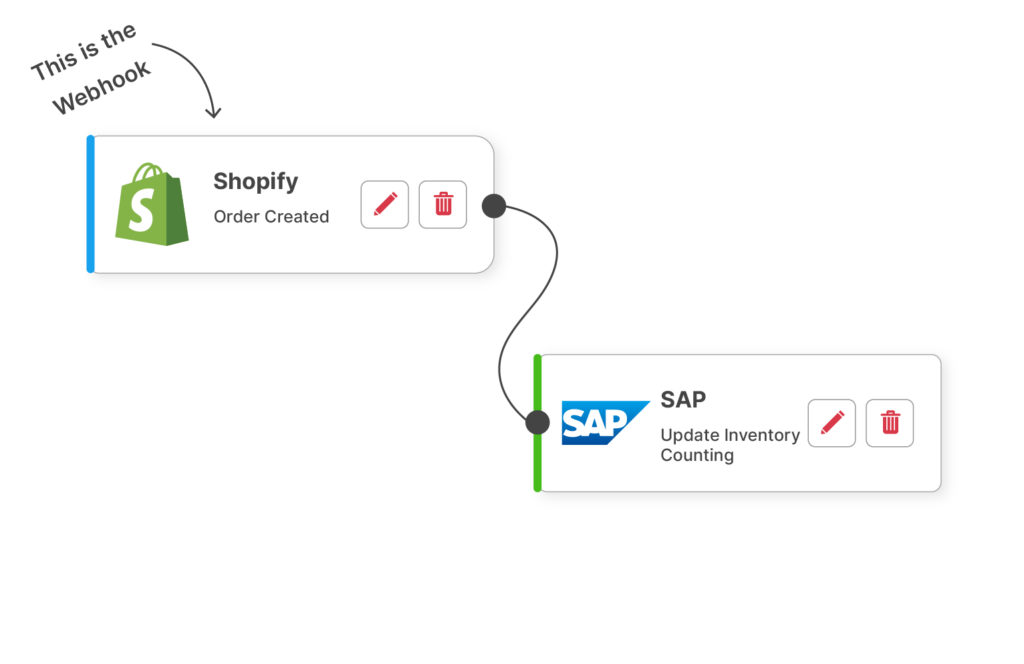
Real-World Applications and Case Studies
Our Partners (and ourselves!) have a wide range of both simple and complex integrations that Cyclr must cater for.
Here are some example use cases that have been solved using Low-Code, Code Driven, and Hybrid approaches:
Low-Code Example: Within Cyclr itself, we connected our site’s Content Security Policy header to report violations to a Webhook-triggered Cycle that copies them to a Google spreadsheet. No script, no complex mappings, just a simple vanilla Cycle put together in about 5 minutes.
Code-Driven Example: One of our Partners has utilised extensive scripting to leverage a generic Template with real-time field mappings based on a JSON lookup object keyed by the inbound object type. To achieve this, a robust library of reusable code blocks has been created within a Custom Connector – a great example of just how far Cyclr can take you with code.
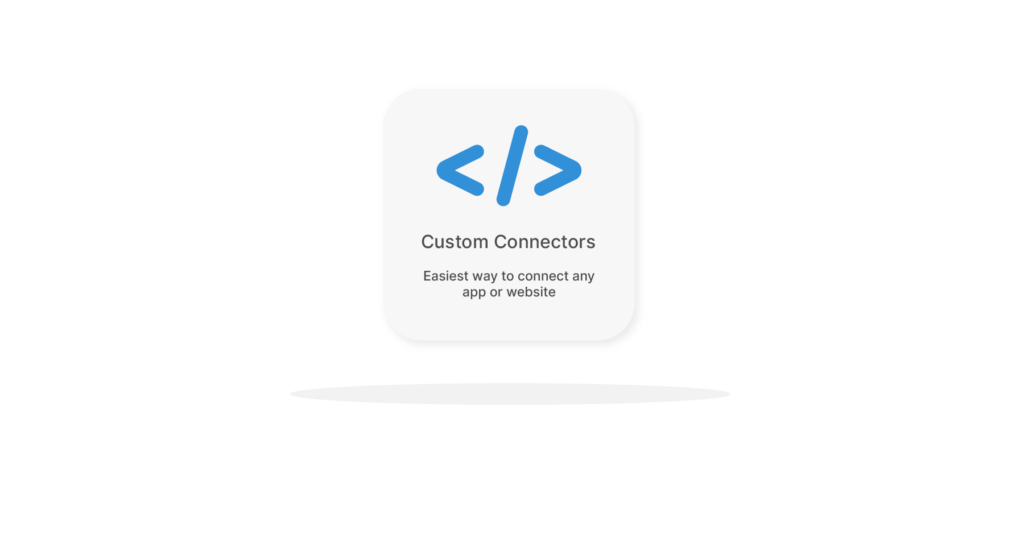
Hybrid Approach Example: Another partner extended a third-party API using an in-Cycle script, reducing thousands of extra daily API calls. By taking item summaries and adding a calculated “local time” field based on a given UTC time and time zone name, they avoided the need for additional API calls to get this data, leading to significant API call savings across their deployed Cycles.
A Platform that Achieves Both
Integration tools that offer both low-code and code-driven options provide a comprehensive solution for diverse user needs.
Low-code features, such as drag-and-drop interfaces and pre-built connectors, simplify the integration process and make it accessible for non-developers, enabling quick deployment and reducing complexity.
Meanwhile, code-driven options allow for advanced customization, flexibility, and scalability, catering to developers who need to handle more complex integration scenarios. This dual approach ensures that both business users and developers can effectively create and manage integrations, enhancing overall productivity and operational efficiency.
Whether you’re interested in easy low-code integrations or complex scripting solutions, Cyclr offers the tools to meet your needs.
